Suppose I have data with both an ordinal variable and a categorical variable:
set.seed(35)
df <- data.frame(Class = factor(rep(c(1,2),times = 80), labels = c("Math","Science")),
StudyTime = factor(sort(sample(1:4, 16, prob = c(0.25,0.3,0.3,0.15), replace = TRUE)),labels = c("<5","5-10","10-20",">20")),
Nerd = factor(sapply(rep(c(0.1,0.3,0.5,0.8),c(30,50,50,30)), function(x)sample(c("Nerd","NotNerd"),size = 1, prob = c(x,1-x))),levels = c("NotNerd","Nerd")))
One could use ggplot and geom_bar with x, fill and alpha (or color) aesthetic mappings to visualize the relationship between these variables.
ggplot(data = df, aes(x = Class, fill = StudyTime, alpha = Nerd)) +
geom_bar(position = "dodge", color = "black") +
scale_alpha_manual(values = c(Nerd = 0.5, NotNerd = 1)) +
scale_fill_manual(values = colorRampPalette(c("#0066CC","#FFFFFF","#FF8C00"))(4)) +
labs(x = "Class", y = "Number of Students", alpha = "Nerd?") +
theme(legend.key.height = unit(1, "cm"))
However, alpha and color are not ideal. A better alternative might be to apply a pattern such as stripes or a crosshatch.
The accepted answer to this question from over 10 years ago says to use colors, and the most upvoted answer (while clever) uses over 100 lines of code.
This question received some upvotes but no new answers.
Is there any better alternative to adding a pattern such as can be seen here?



